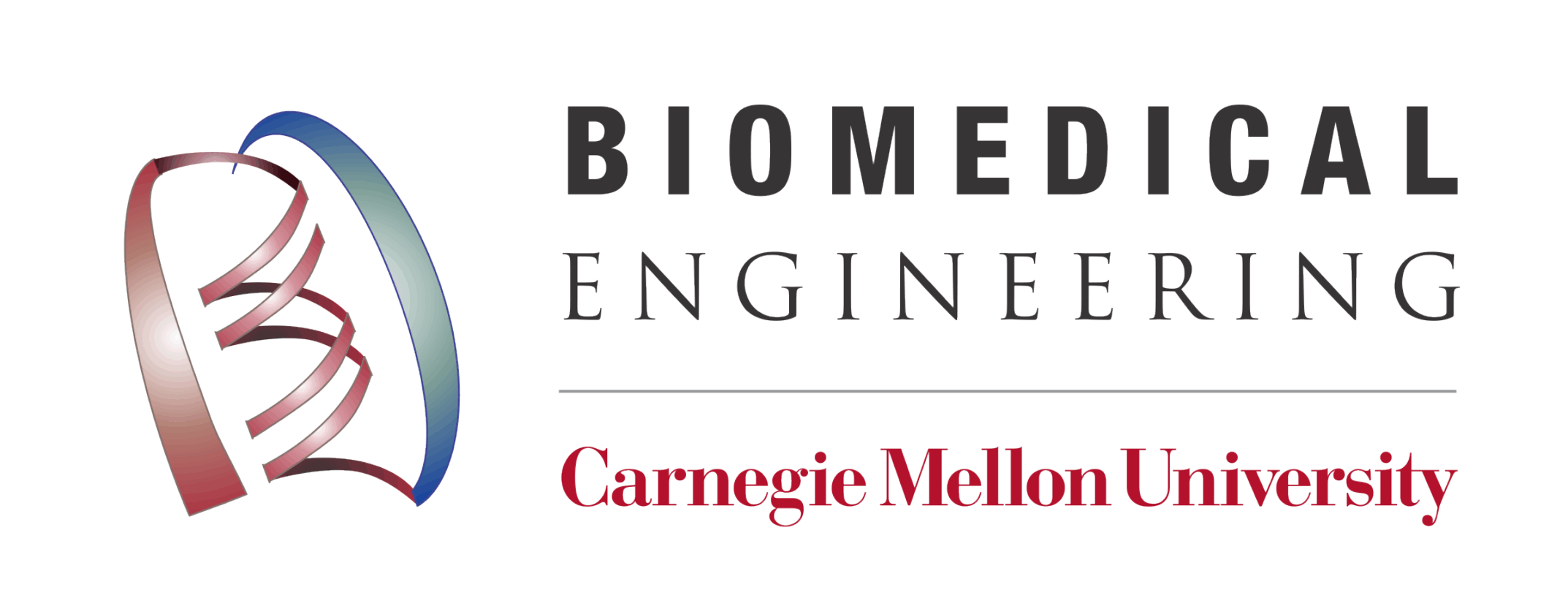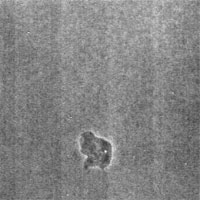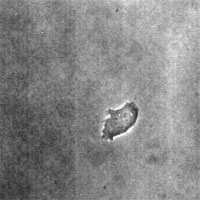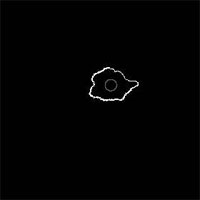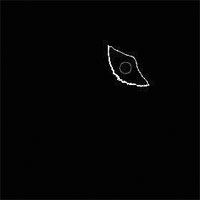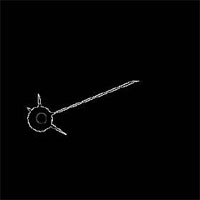| Overview | Cell Structures | Cell Migration | Cell Division |
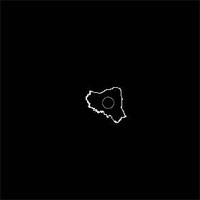 |
|
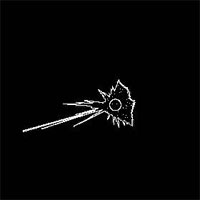 |
Simulation of a Fibroblast |
Fibroblast-like behavior may be generated by adding adhesion sites, which form stochastically at the leading edge and disappear with a finite half life, to an amoebae. |
